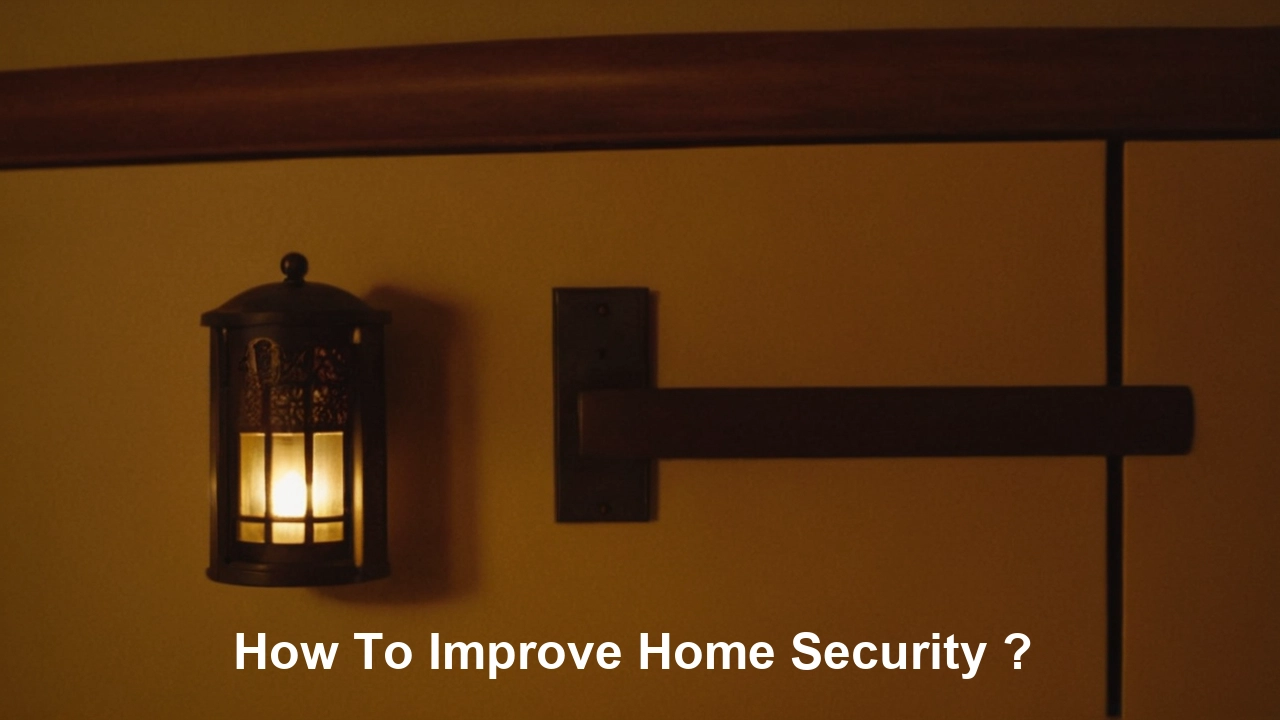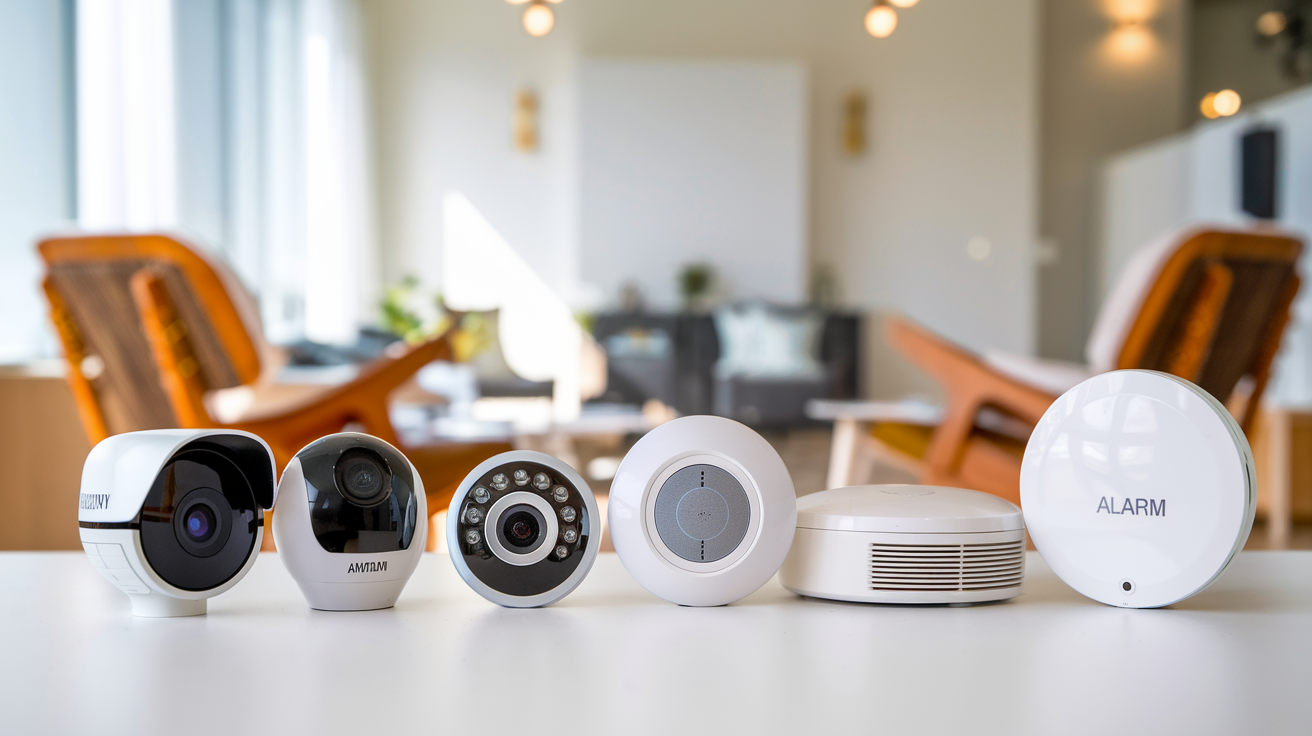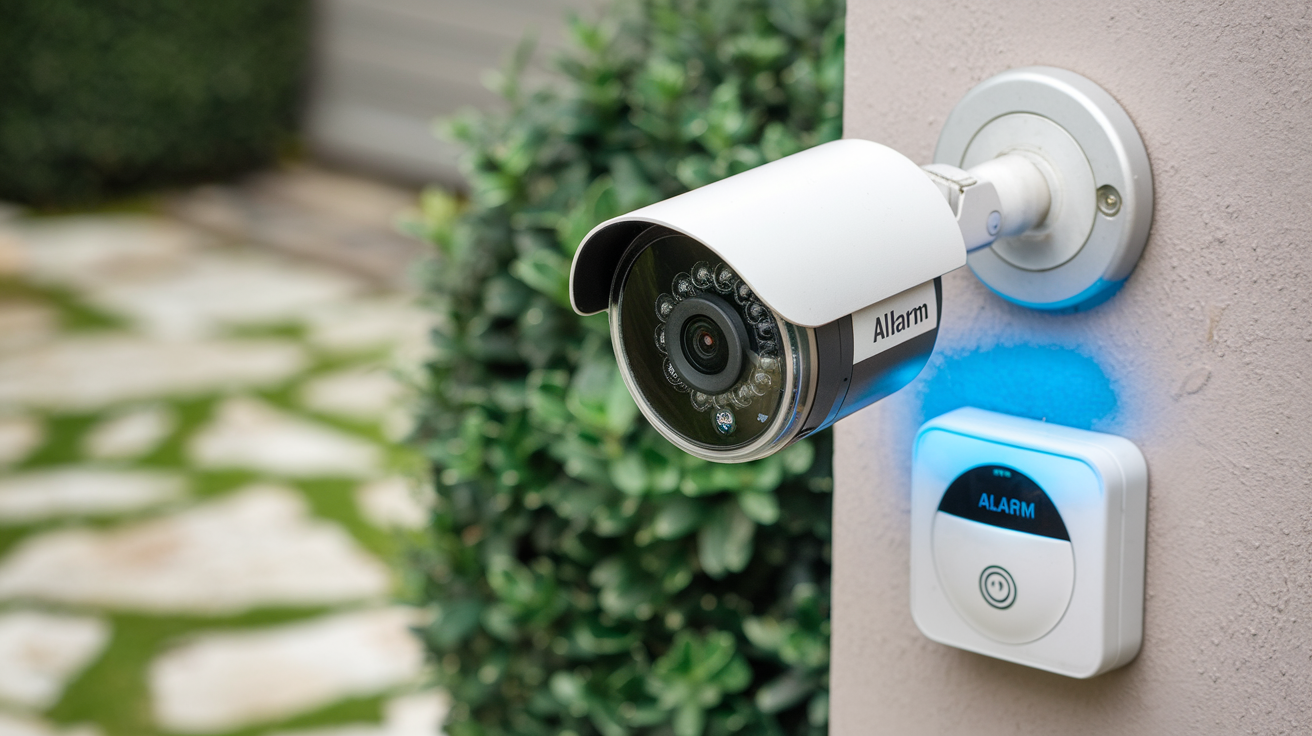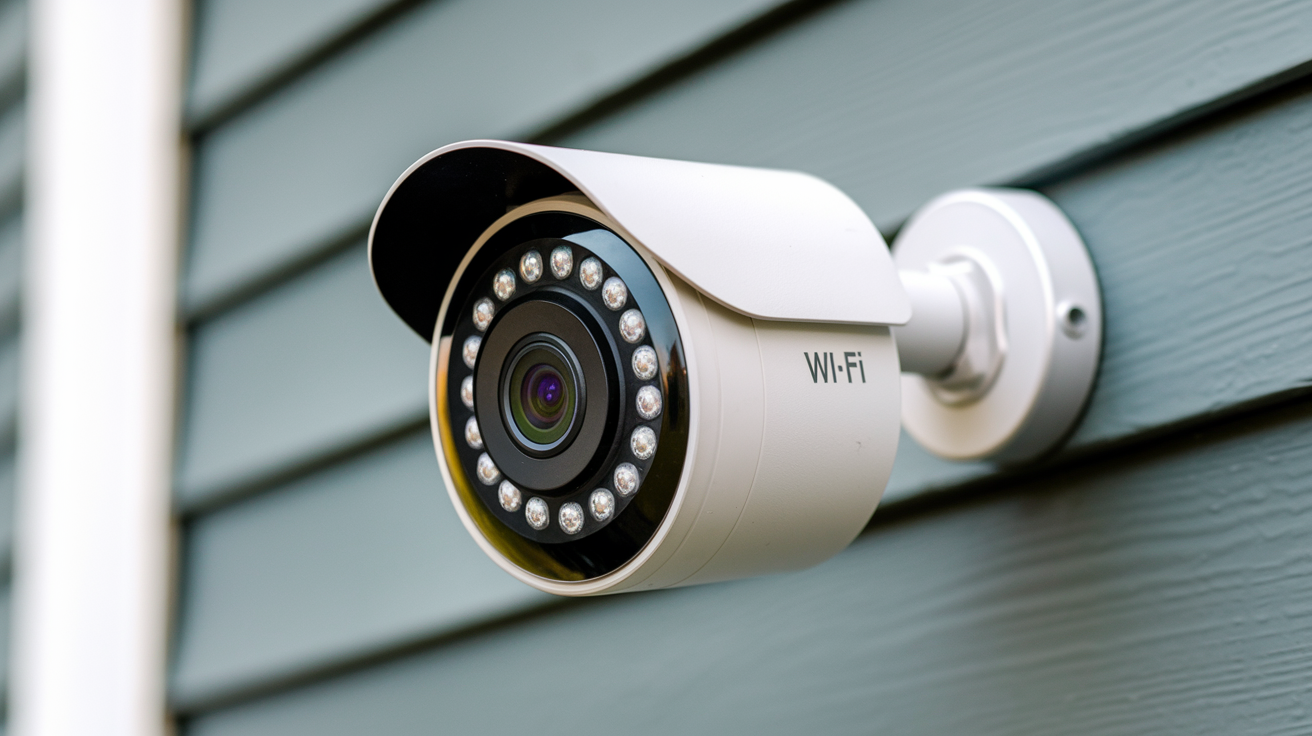Improving Home Security
HOME SAFE means comfort and protection for you and your family's goods and other valuable possessions. Although it is almost impossible to ‘fortress’ a home against a determined intruder, there are ways in which one can minimize the chances of break-ins or other security threats. Identifying risk factors and threats and subsequently following the necessary steps to mitigate them is essential in improving the overall safety of the community.
Lesson 1: Back to the Essentials – Locks and Lights
Check all the exterior doors of your home and make sure that each of them has a secure deadbolt lock that has been well installed. These should have a minimum one-inch throw and should be constructed of hardened steel. Replace any hollow wooden or hollow steel doors with a solid wooden or steel door for improved security. Ensure that the door frames are strong and well fixed to resist forceful or forceful kicking by intruders. Ensure that you use four-screw strike plates and make sure that you use three to four inches screws so that they can be rigid. For sliding doors install a security bar on the track to discourage forcing it open.
The next step is to check all the windows and ensure that they can be locked properly. As required, upgrade the window hardware and add some security film to enhance the shatter resistance of windows. Trim trees and bushes so that they do not block the doors or windows in the building. Setting up lights that are triggered by movements around the house reduces dark zones that a potential intruder may use. Locate the lights in a way where they cannot be easily shot or put out of operation. To increase the level of security, install security cameras at the entrance and all the other strategic areas within the compound to capture any unlawful incidents.
Security Systems Guns and Lockers
A monitored home security alarm system should be considered if you can afford it since it is worth the investment. Features to consider are backup power, multiple detectors, tampering alarms, fire protection packages, and phone and internet modules for remote control over the system. Install an audible alarm in a bedroom closet or a secure room that has backup battery power and a loud 110+ decibel siren that will scare away an intruder. However, hotly debated, whether it is legal to keep a firearm for home protection if it is legal in your state. The proper storage of these weapons in their uncharged state with a safety lock in a safe that is only accessible by adults is paramount, especially in homes where kids are present. Any safes to be fire resistant should be over 500 pounds or be anchored down. They safeguard items such as jewelry, paperwork, spare keys, electronics, and sensitive personal data from not only theft but also from fire or floods.
Secure the Perimeter
If you have a fence, check along the fence line and repair anything that may need to be fixed. High strong fences that are locked at the gates also help in discouraging intruders from accessing the entry points such as doors and windows in the backyard. Thorny bushes sown around the fence line constitute another wall of defense in the compound. This is particularly important in such areas as gates, where the locks should be well reinforced and lights directed at the intruder. It is worth installing driveway alarms in your home so that you are alerted each time a car pulls into your compound at night.
Be sure to consider who should have access to your home keys or garage door codes. In case this becomes necessary, revoke access and change the key on a new home. Never conceal spare keys in plant pots rocks mailboxes or the like, it gives easy access to people other than you. Do not leave the spare key at the receptionist’s table but can give it to a close neighbor friend or any family member.
Create a Safe Room
Choose a room that can be safely and quickly sealed off as a safe or panic room. This could be a master bedroom master bathroom closet office basement laundry room or another area that's centrally located if possible. Metal doors with secure deadbolt locks longer screws to hold the frame and an anti-kick plate are recommended. Provide the room with a phone hammer to break windows for escape whistles pepper spray baseball bat and other personal security items. Stock bottled water nonperishable snacks first aid kit flashlights and a battery-powered radio. If this safe room has a window then it should be bulletproof and should not be opened from outside. Emergency call buttons that automatically connect to 911 when pressed introduce another dimension of immediate response.
Document Your Possessions
One of the methods used in investigations is tracing of stolen goods hence the importance of documenting your assets in case they are stolen. Document items with pictures or video, note descriptions, serial numbers, receipts, warranty information, etc. Store electronics with manufacturers' record models and serial numbers. If possible, upload digital copies of this inventory on the web or on a flash drive that you store in a safety deposit box. Another way of increasing identification of the engraved items is engraving the driver's license number on the valuables.
Home Security Tips
Here are other basic tips for securing your home:
Curtains and avoidance of placing valuable items within the reach of windows are recommended. It is advisable not to share the vacation plans or even the schedule on social media sites. Document paper records do not discard them in the trash bin or the recycling bin while still intact. Have someone take care of the hold yard and home while you are away. Get involved in a neighborhood watch program. Do not stick to a specific pattern of movement or time to avoid being easily targeted. Always dial 911 for suspected home break-ins do not just go inside to check whether there is anyone inside. Make children understand that if there are invasions at home, they should stay quiet and off the invader’s sight. Criminal Justice: Safety analyze your house from an intruder's point of view and modify it. Home security should always be on the lookout for the trends in home security always follow the recommended procedures always be ready and do not relax.
Thus, the practical use of additional gradual protective measures enhances the security of your homes. The next step is to prioritize the risks and the areas that are vulnerable as highlighted in the security assessment. The most important factor for most households is to achieve the right level of protection with reasonable levels of convenience, cost, and affordability. It is therefore important to periodically review the home security requirements and align this to the long term long-term gains for security at home.
Protect your home today with ADT’s top-rated security solutions!
Call now at +1 877-470-7879 to get a free consultation and find out how you can secure your home with the best in the business. Don’t wait—ensure your peace of mind with ADT!






